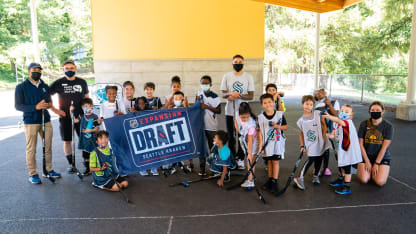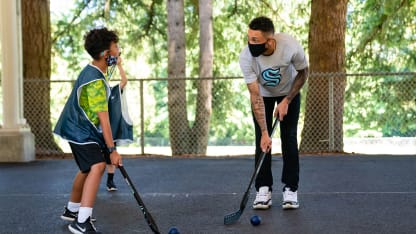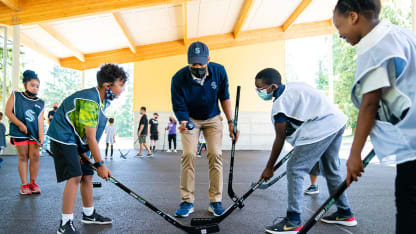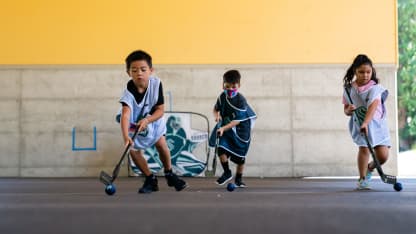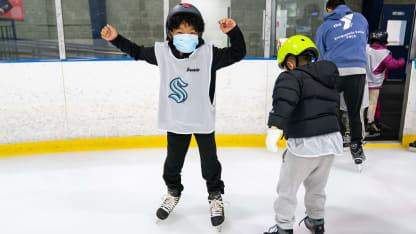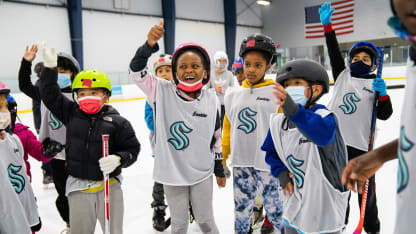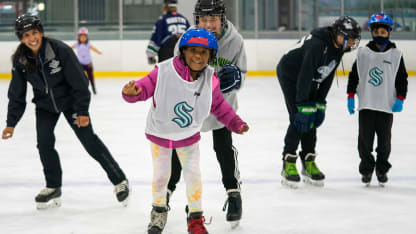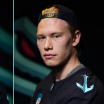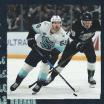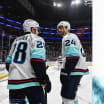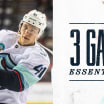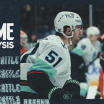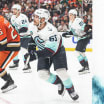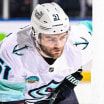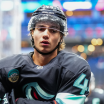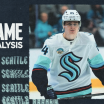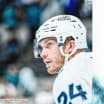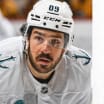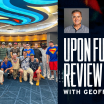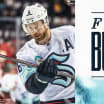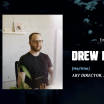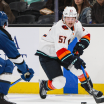When Kraken TV analyst JT Brown decided to retire from professional hockey to call Seattle's inaugural season alongside play-by-play announcer John Forslund, the former NHL forward had more than a second career in mind.
"I can't wait to immerse myself in helping the franchise to provide greater access to hockey for youth players and all fans," says Brown. "I'm excited to be on the ground floor in the community and at the training center's three rinks when time permits."
Hockey on the Ground 'Floor'
Kraken TV analyst JT Brown will bring his hockey know-how and NHL player experience to fans during broadcasts. But it won't stop there as local kids learning the game and skating have already discovered
